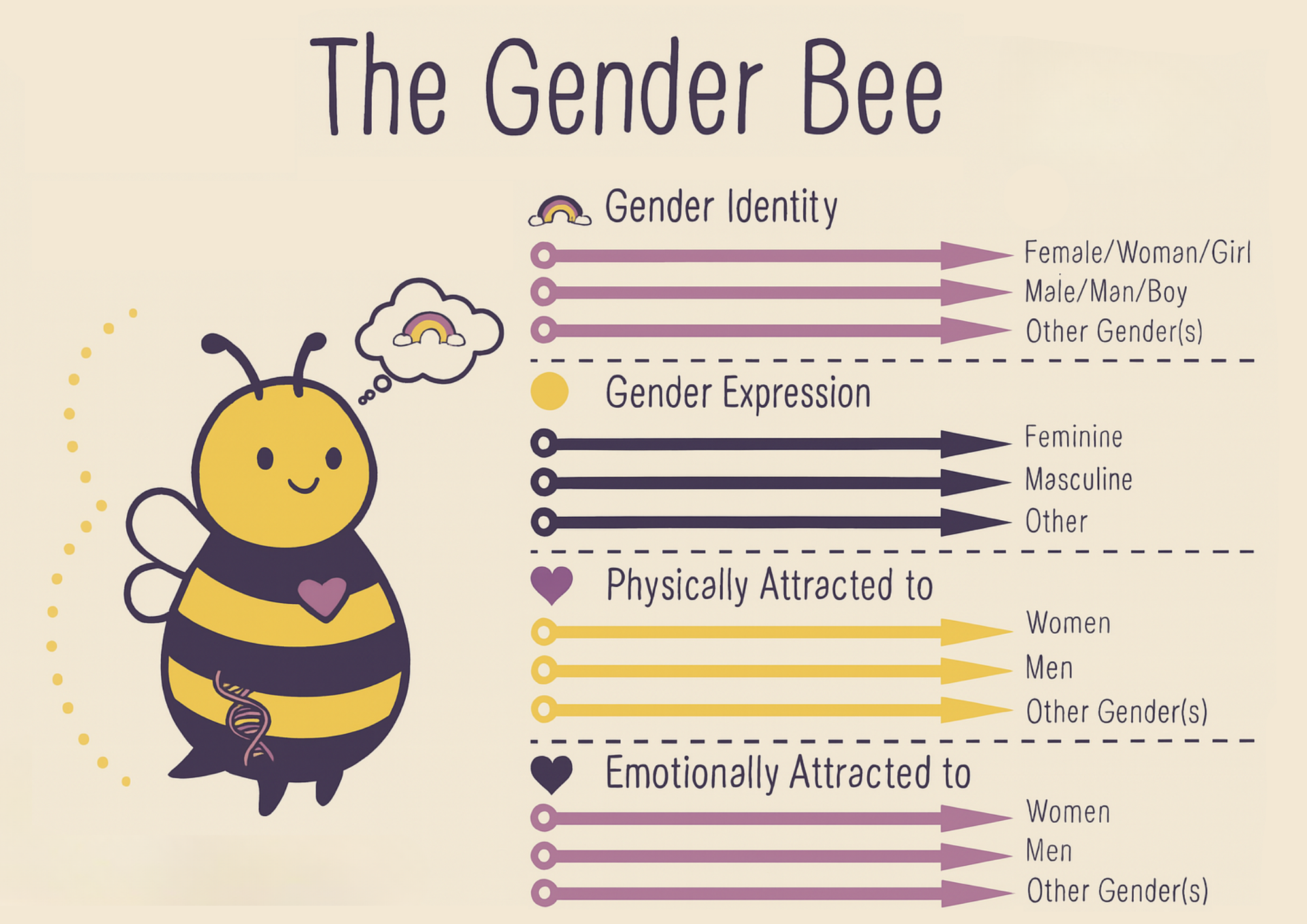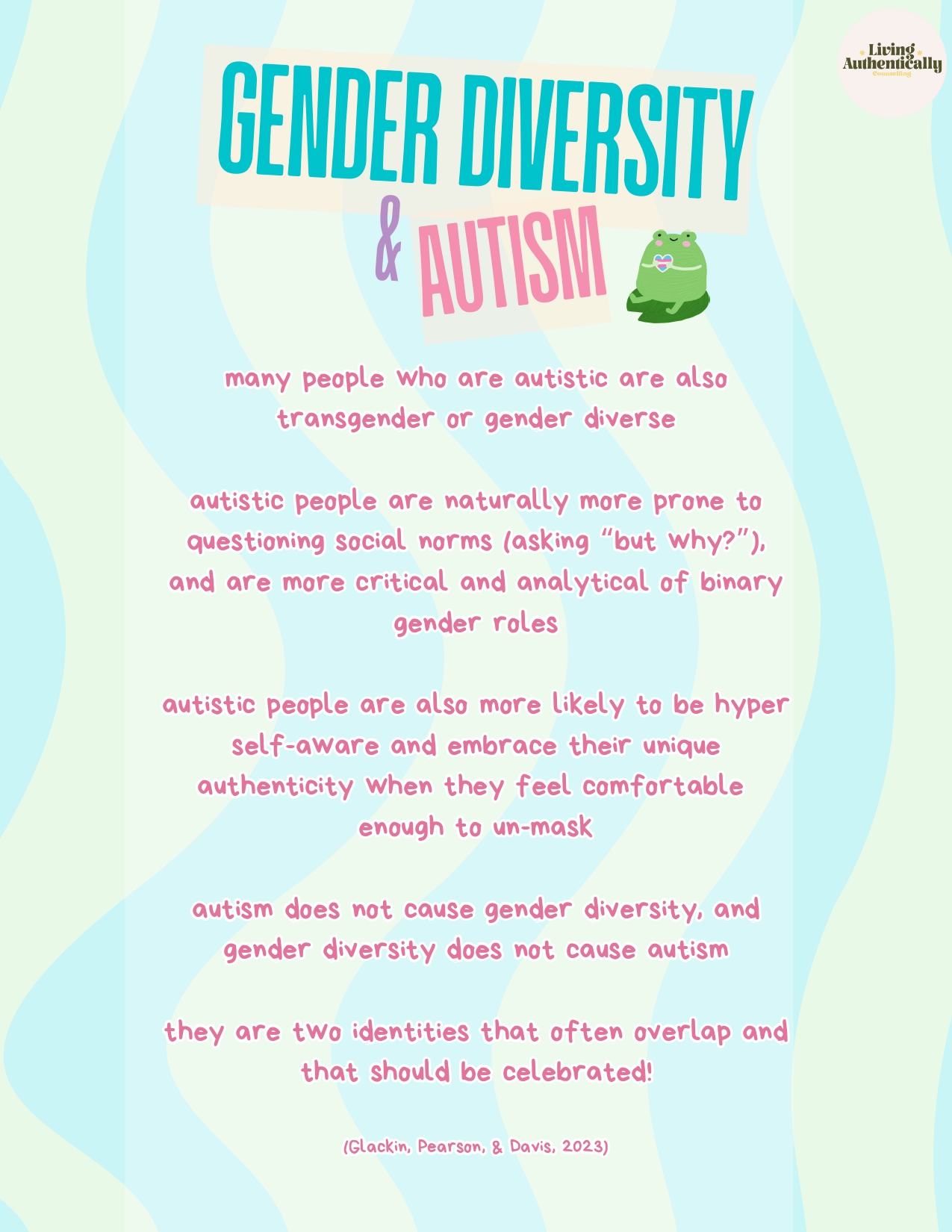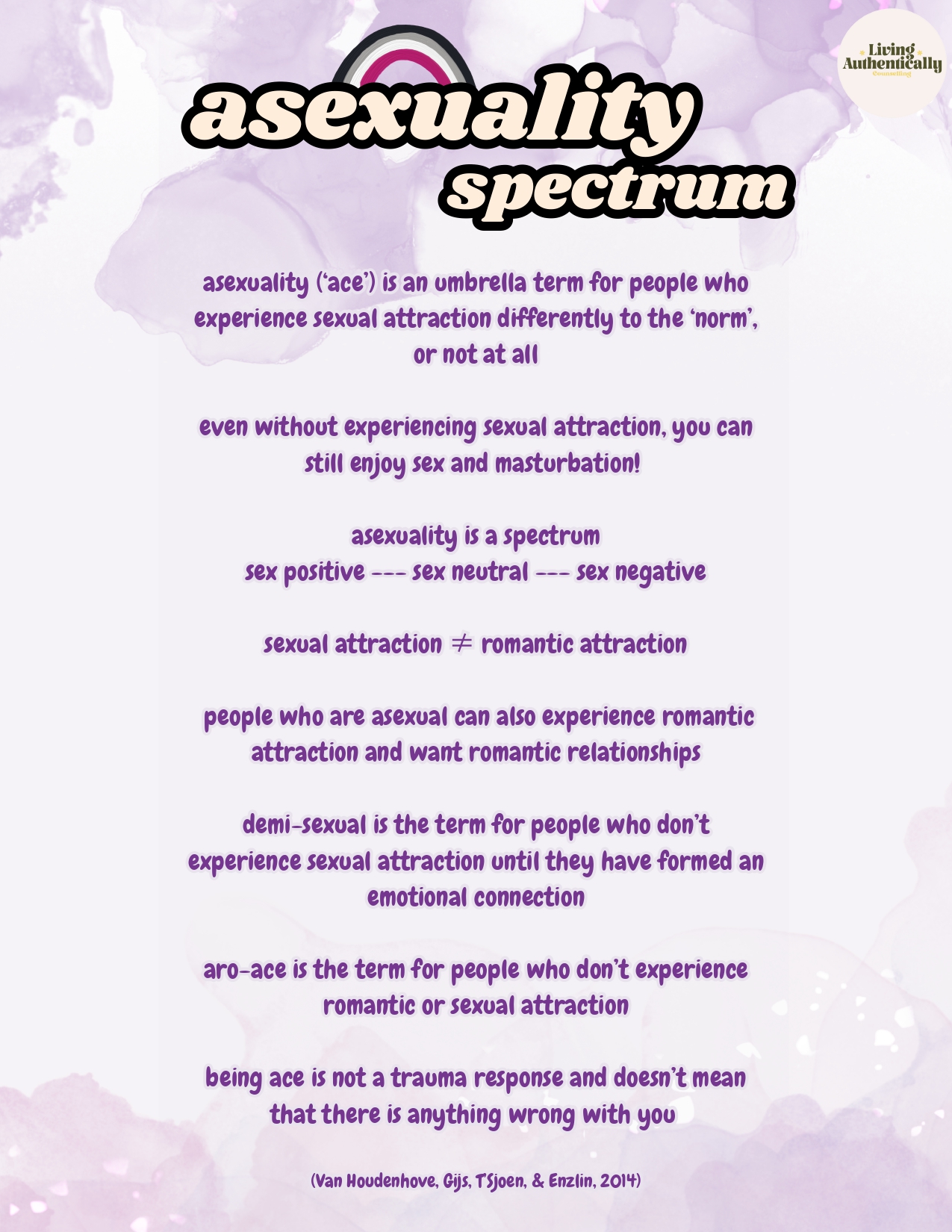Understanding The Genderbee


The Genderbee is a visual guide designed to help people understand the complexity of gender and sexuality. It breaks down gender into several distinct yet interconnected components identity, expression, sex, and attraction. The key idea is that these elements exist on spectrums rather than as binary categories, helping to explain why human experiences of gender and attraction vary so widely.
1. Gender Identity
Gender identity is how you understand and define your own gender internally, in your mind and heart. It’s based on how much you align (or don’t align) with the societal ideas of “man,” “woman,” both, neither, or something else entirely.
For example, someone might identify strongly with womanhood, with manhood, with both, or with neither. Identity is deeply personal and not determined by one’s physical traits or assigned sex.
2. Gender Expression
Gender expression is the external presentation of your gender, how you dress, style your hair, speak, move, and behave. It’s the way you communicate gender through your actions, mannerisms, clothing, and overall appearance.
Importantly, gender expression is shaped by cultural expectations and norms. For instance, wearing makeup or a suit doesn’t define your gender, but society often interprets those signals in gendered ways.
3. Biological Sex (Anatomical Sex)
Biological sex refers to the physical characteristics typically associated with being male, female, or intersex, such as reproductive organs, chromosomes, and hormone levels.
However, these traits exist on a spectrum as well, not everyone fits neatly into male or female categories. Intersex people, for example, may be born with a combination of traits that don’t conform to conventional definitions of male or female anatomy.
4. Sex Assigned at Birth
At birth, medical professionals usually assign a sex; “male,” “female,” or “intersex”, based on visible anatomy. This label often becomes the foundation for social expectations about how someone should identify or behave, even though it might not reflect their internal identity later in life.
5. Attraction
Attraction describes how and to whom you feel emotionally, romantically, or sexually drawn. The Genderbee divides this into two categories
- Physical attraction: Who you find physically or sexually appealing.
- Emotional attraction: Who you form emotional or romantic connections with.
People may experience one type of attraction but not the other, or both toward different genders. For example, someone might be romantically attracted to multiple genders but sexually attracted to one.
6. Everything Exists on a Spectrum
One of the most important messages of the Genderbee is that none of these aspects are binary. Instead of fitting into fixed boxes like “male” or “female,” “masculine” or “feminine,” people exist on continuums, unique combinations of identity, expression, anatomy, and attraction.
This model encourages understanding, empathy, and flexibility when thinking and talking about gender. It reminds us that identity≠ expression ≠ sex, and gender ≠ sexual orientation.
The Genderbee simplifies a complex topic to make it easier to start conversations about gender diversity and inclusion. It highlights that gender is multi-dimensional, encompassing how we see ourselves, how we express that to the world, and how we relate to others.
By viewing gender and attraction as fluid and individual experiences rather than fixed categories, this model promotes respect for everyone’s unique identity and self-expression.
Learn in a space where your questions are welcome
Join live sessions or watch on demand — all created by professionals who understand the real-world challenges of exploring sexuality, identity and connection.
- Sexuality & identity
- Consent & communication
- Relationships & intimacy
- Confidence & self expression
- Disability & sexual wellness
- Support & education for carers



